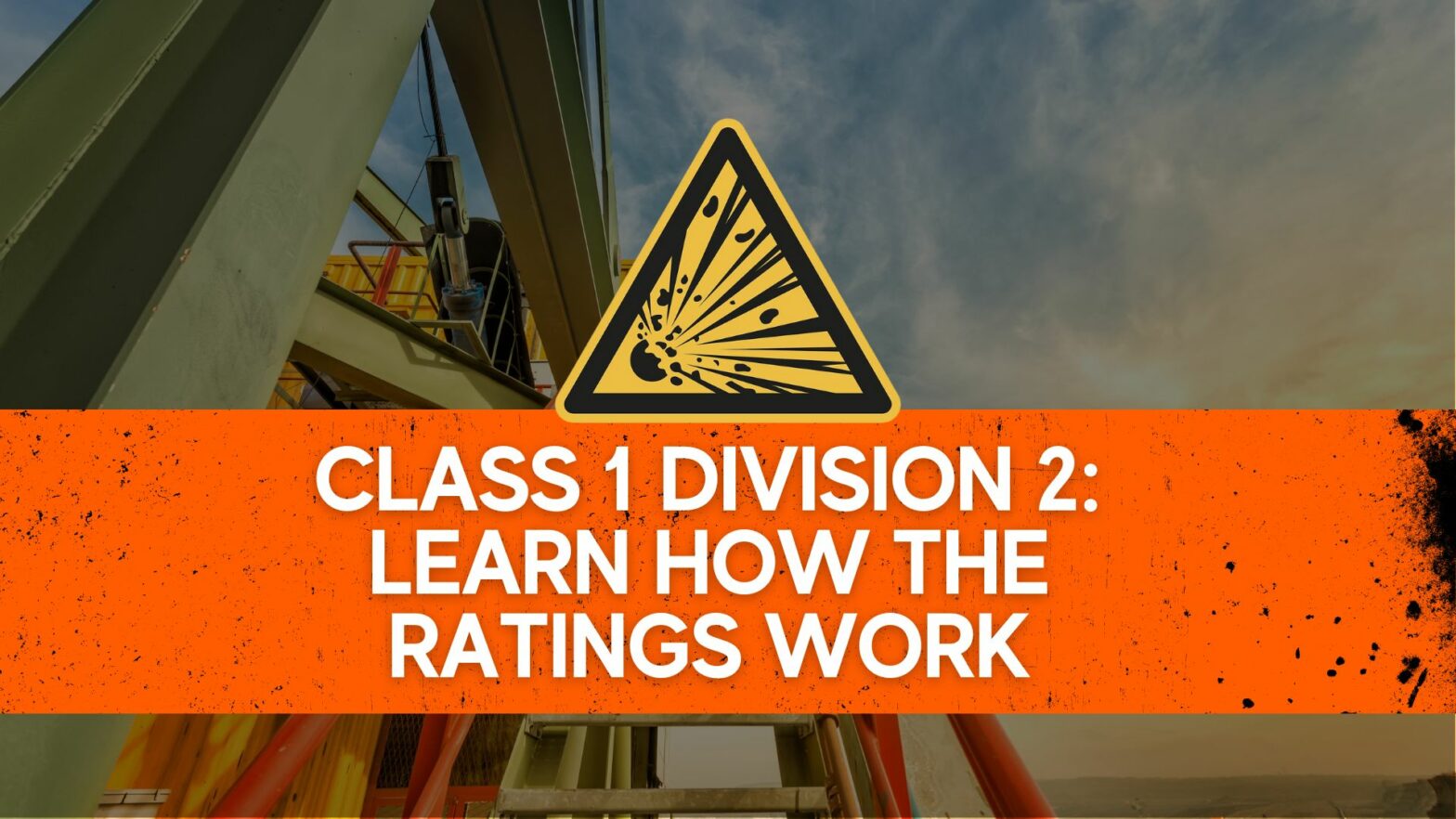There are some safety standards that you might recognize, like Class 1 Div 2, but do you really know what it means? Protecting the public, workforce, and environment from explosive atmospheres is a top priority but not a universal standard. Therefore, in the United States, NEC (National Electric Code) classifies HAZLOC (Hazardous Locations) by classes and divisions for the type of material present in each zone. In contrast, IEC (International Electrotechnical Commission) classifies HAZLOC by zones. In this post, you will understand more about these safety ratings.
Safety Standards
In hazardous locations, fire or explosion hazards may exist under normal or abnormal conditions because of the presence of flammable, or ignitable gases, and liquids. These areas are classified solely to ensure safe and proper specification and installation of electrical/electronic equipment. Various organizations worldwide have established standards for electrical installations to ensure safe electrical systems in hazardous locations.
A manual and codes that categorize hazardous locations into classes, divisions, and zones have been produced by the National Electrical Code (NEC), the National Fire Protection Association (NFPA), and Underwriters Laboratories (UL).
Also, the ATEX classifications are based on zones derived from the US HAZLOC standard. They combine the Class area classification and the Division likelihood of explosive substance presence. They subdivide dust from gases and vapors into two groups, depending on whether they are likely to contain combustible substances.
So, when working with hazardous materials, knowing precisely how they are classified is essential. It can also be incredibly valuable to have equipment that will withstand harsh conditions and not promote dangerous situations. Therefore, enclosures, explosion-proof, and intrinsically safe equipment designed for NEC Hazardous Locations will help keep your facility safe.
The Classification
Classes, Divisions, and Groups, which specify the hazardous conditions present in a specific area, are what the NFPA 70 NEC use to categorize places(e.g. Class 1 Div 2). In order to choose the proper equipment and use safe installation techniques, this classification system describes the hazardous substance that may be present and the likelihood that it is present.
Class determines the kind of explosive or ignitable substances that are present in the environment. Division describes the potential for an explosive or ignitable concentration of a hazardous material. So, based on their physical characteristics and ease of ignition, Class I flammable gases and vapors are divided into one of four groups (Groups A, B, C, or D). E combustible metal dust, F combustible carbonaceous dust, or G other combustible dust are the three (3) categories into which Class II combustible dust is divided.
CLASS:
I – Possible presence of flammable fumes or vapors
II – There may be combustible particles present
III – Easily ignitable fibers or flyings may be present
DIVISION:
1 – There are ignitable concentrations of dangers present during regular operation, and/or the hazard is brought on by frequent maintenance.
2 – Under abnormal operation conditions, hazardous amounts are present.
GROUP
A – Acetylene
B – hydrogen, butadiene, ethylene oxide, propylene oxide, and acrolein
C – Ethylene, cyclopropane, and ethyl ether
D – Acetone, ammonia, benzene, butane, ethanol, gasoline, hexane, methane, methanol, methane, naphtha, natural gas, propane, and toluene
E – Combustible metal dust: aluminum, commercial alloys, and magnesium
F – Combustible carbonaceous dust: carbon black, charcoal, coal, and coke dust
G – Other combustible dust: Chemicals, flour, grain, plastic, and wood
Conclusion
To conclude, applying the standards for a specific hazardous area appropriately weather is Class 1, Division 2, will ensure your work. Making comparisons between the others safety standards is difficult. Depending on the user’s preferences, the location requirements, and the necessity of the hazardous area, the safety standard will be different. Here at the Intrinsically Safe Store, we have a complete guide that will help you understand all the hazardous locations’ ratings to ensure workplace safety. Talk to one of our experts in intrinsically safe solutions and solve all your doubts.


























